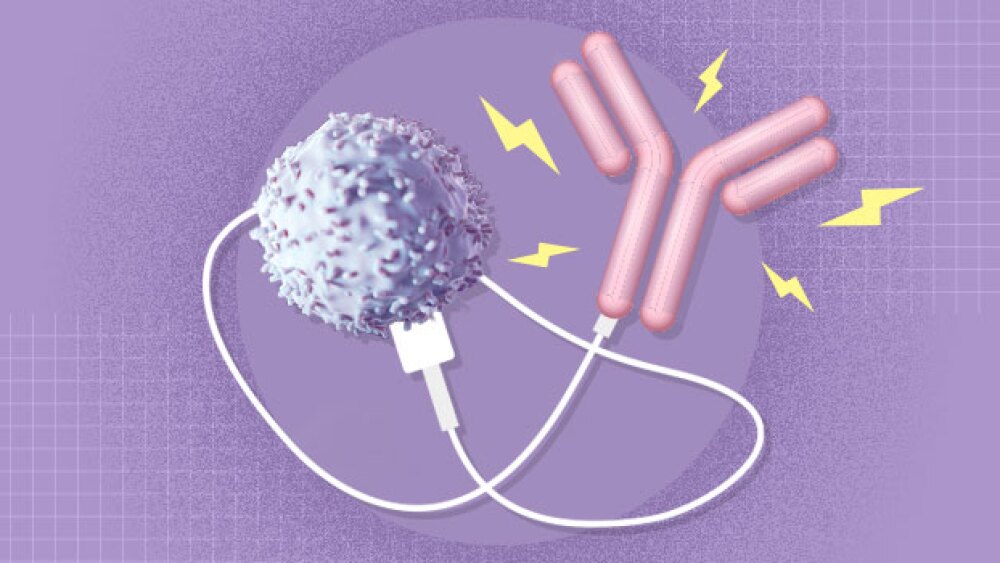WASHINGTON, Nov. 19, 2024 /PRNewswire/ -- Lupus Therapeutics, the clinical research affiliate of the Lupus Research Alliance (LRA), is encouraged by the positive Phase 3 PHOENYCS GO data reported by UCB and Biogen during ACR Convergence 2024. Study sponsors provided a detailed analysis of the pivotal trial to evaluate the efficacy and safety of dapirolizumab pegol (DZP) in patients with moderate-to-severe systemic lupus erythematosus (SLE).
Per the study sponsors: “DZP met its primary endpoint, demonstrating statistically and clinically significant improvement across all organ systems as measured by BICLA, an endpoint measuring disease activity. A greater response was observed across multiple clinical endpoints among participants treated with DZP, including 50% less severe disease flares compared to participants on standard of care alone.”
Following is a statement by Lupus Therapeutics Executive Vice President Stacie Bell, PhD:
The Phase 3 PHOENYCS GO trial demonstrated significant improvement in SLE disease activity, making dapirolizumab pegol a promising candidate for treating moderate-to-severe SLE. By inhibiting the CD40 ligand, which plays a crucial role in the immune system response, dapirolizumab pegol offers a novel way to address multiple aspects of the underlying mechanisms of lupus and distinguishes the approach from currently available treatments.
Lupus Therapeutics is proud to have partnered with UCB and Biogen on this study, leveraging the organizational clinical expertise and LuCIN clinical site support. Most of all, Lupus Therapeutics is pleased that these promising outcomes may lead to another treatment option for those living with SLE.
Based on this trial, UCB and Biogen is initiating a second Phase 3 trial of dapirolizumab pegol, PHOENYCS FLY, in 2024.
For more information, read the UCB-Biogen press release.
![]() View original content to download multimedia:https://www.prnewswire.com/news-releases/lupus-therapeutics-statement-on-phase-3-phoenycs-go-positive-data-in-moderate-to-severe-systemic-lupus-302310235.html
View original content to download multimedia:https://www.prnewswire.com/news-releases/lupus-therapeutics-statement-on-phase-3-phoenycs-go-positive-data-in-moderate-to-severe-systemic-lupus-302310235.html
SOURCE Lupus Research Alliance






